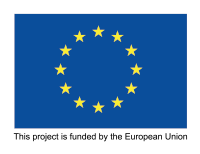
Outcome Mapping (OM) focuses on changes in the behaviour of the people, groups and organizations influenced by a project or a programme. Like the logical framework, it is a planning methodology that has implications for how monitoring and evaluation is conducted. In other words, OM supports a project or a program to learn about its influence on the progression of change in their direct partners, and therefore helps those in the assessment process think more systematically and pragmatically about what they are doing and to adaptively manage variations in strategies to bring about desired outcomes.
OM is designed to be used at the beginning of a programme/project, after the main focus of that intervention has been decided. There are three key stages to plan an outcome map. They are;
- Intentional Design: The planning stage, where a programme/project reaches consensus on the macro-level changes it wants to influence and the strategies to be used.
- Outcome and Performance Monitoring: Provides a framework for the ongoing monitoring of the programme/project's actions and the boundary partners' progress towards the achievement of outcomes. It is based largely on systematized self-assessment.
- Evaluation Planning: Helps the teams set priorities so they can target evaluation resources and activities where they will be most useful. At this stage, evaluation planning outlines the main elements of the evaluations to be conducted.
The process for identifying the macro-level changes and designing the monitoring framework and evaluation plan is intended to be participatory and, wherever feasible, can involve the full range of stakeholders, including boundary partners. Outcome Mapping is based on principles of participation and purposefully includes those implementing the program in the design and data collection so as to encourage ownership and use of findings.
For more information, please check out the resources below;

